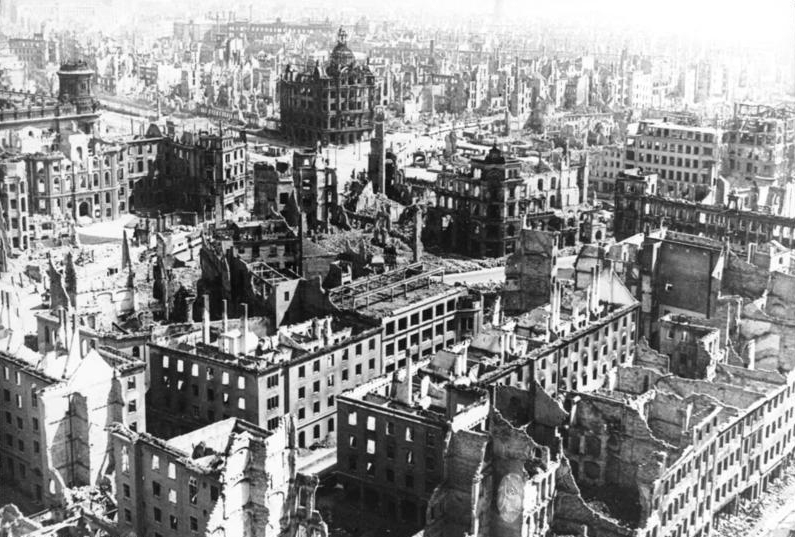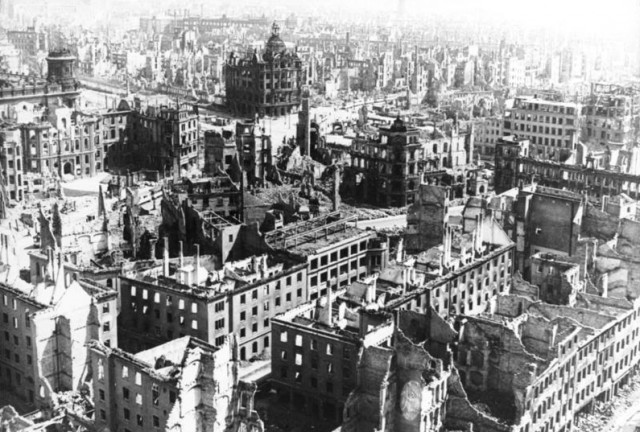Among the artifacts displayed at the post-1945 section of the Military History Museum in Dresden there is a German vehicle which was damaged by an improvised explosive device in Afghanistan.
According to the museum’s director since 2010, Col. Matthias Rogg, the post-1945 exhibition is one of the most touching in the entire museum. The exhibition made him reflect on what was the cause of the violence in Afghanistan. He said he realizing that from political leaders to ordinary citizens, “We are all responsible for what happens” when Germans soldiers go to fight in the war.
Germany has lost 52 lives in Afghanistan, becoming the most formative conflict for today’s German military. Rogg continued saying that this must be a learning experience for the contemporary German soldiers, who are not only going to war to fight and to kill but also to get wounded and to die.
German soldiers are now requested to visit the Dresden museum during their training. When he enlisted in the German Army, some 30 years back, Rogg never imagined he would be sent to war, considering the fact that the German military had no combat experience whatsoever and it was clearly unable to play a major part in the global defense arena, the Spiegel Online International reports.
At the time, for a young soldier like Rogg, to join the military didn’t mean much. He even excluded the idea that he could ever take part in a dangerous fight, on a war front. The Bundeswehr has since served in the Balkans, Afghanistan and the Horn of Africa. The lives of today’s German soldiers have changed dramatically as now they find themselves forced to deal with the military life on a daily basis.
The museum’s exhibitions, split into sections and named “1300 -1914,” “1914-1945” and “1945-Present” are meant to help the soldiers to better understand the German history and get them used to the idea of warfare.
Lt. Col. Patrick Ruppert, 43, is a lawyer and reservist living in Cologne. He recently visited the museum, accompanied by a group from the Medical Corps Academy of the Bundeswehr. The tour leader gave a short tour of the museum before focusing on the First World War. He emphasized the difference between what war represented almost 100 years ago and what it would mean to the world today; how the nation today has a democratic army that can’t take action without receiving approval from the parliament. He insisted that this should be a lesson and that we have learnt from the mistakes made during the First and the Second World War.


